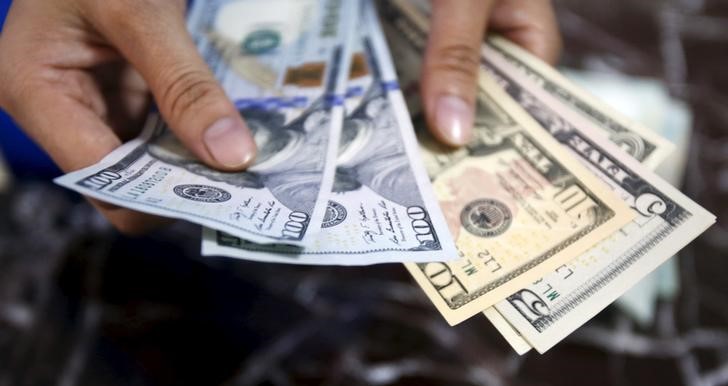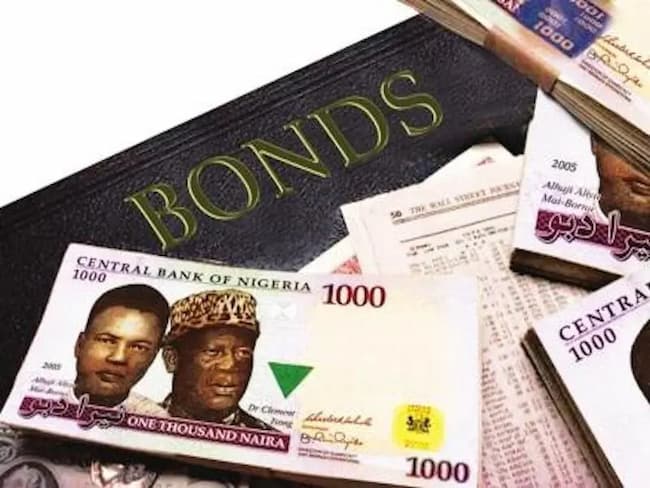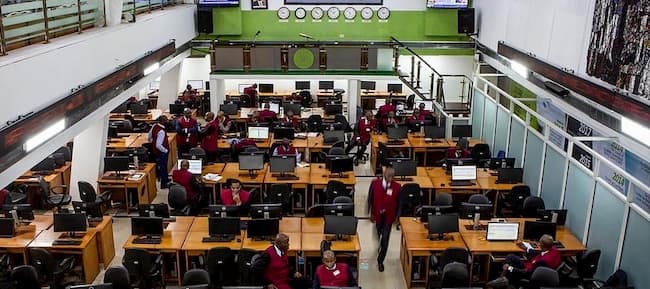The dollar edged up on Wednesday but remained under pressure as an inversion in part of the Treasury yield curve caused concern about a possible U.S. recession.
The greenback has enjoyed months of unrivaled performance against its peers but that could be undermined by growing concern about slowing U.S. growth.
Those worries on Tuesday saw two-year yields rising above those of longer-dated 5-year notes for the first time in more than a decade.
The so-called “inversion” of the yield curve to many investors sounds an alarm about a looming U.S. economic slowdown.
“In the initial phase of the inversion of the yield curve markets are worried and react more aggressively to weak data than to strong data,” said Masafumi Yamamoto, chief currency strategist at Mizuho Securities.
“I think the dollar can be in correction-mode in a yield-curve inversion environment,” he added.
Against a basket of six rivals, the dollar edged up 0.1 percent to 97.103, trimming this week’s losses to 0.2 percent. It was 0.6 percent off a 17-month peak of 97.693 touched on Nov. 12.
The recent weakness in the dollar comes against the backdrop of a temporary truce in the U.S.-China trade conflict agreed over the weekend which has bolstered investor confidence in riskier currencies versus the safe-haven greenback.
The dollar has been under pressure since Federal Reserve Chairman Jerome Powell said last Wednesday that U.S. interest rates were nearing neutral levels, which markets interpreted as signaling a slowdown in the pace of rate hikes.
The euro edged down 0.1 percent to $1.1328.
Without a resolution on the European Union’s dispute with Italy over its proposed budget, or euro-specific positive developments, euro/dollar is likely trade in a range of $1.12 to $1.16, said analysts at Commerzbank.
AUSSIE PLUMMETS
The Australian dollar slumped more than 0.7 percent against the greenback as disappointing economic data further dimmed the chance of a rise in rates. The Aussie moved sharply off a four-month top of $0.7394 hit early in the week.
The Aussie, often viewed as a barometer of Chinese growth, had risen early in the session after China’s Commerce Ministry said in a statement that a Chinese trade and economics delegation had held a successful meeting with the United States.
Against the yen, the dollar rose 0.2 percent to 112.97 yen, clawing back some of the previous session’s losses, when it booked its biggest one-day drop since July 20.
On Tuesday, the greenback shed nearly 0.8 percent against the yen, which acts as a safe haven in times of geopolitical and financial turmoil as Japan is the world’s biggest creditor nation.
U.S. stock and bond markets will be closed on Wednesday for a national day of mourning for former U.S. President George H.W. Bush, who died on Friday.














